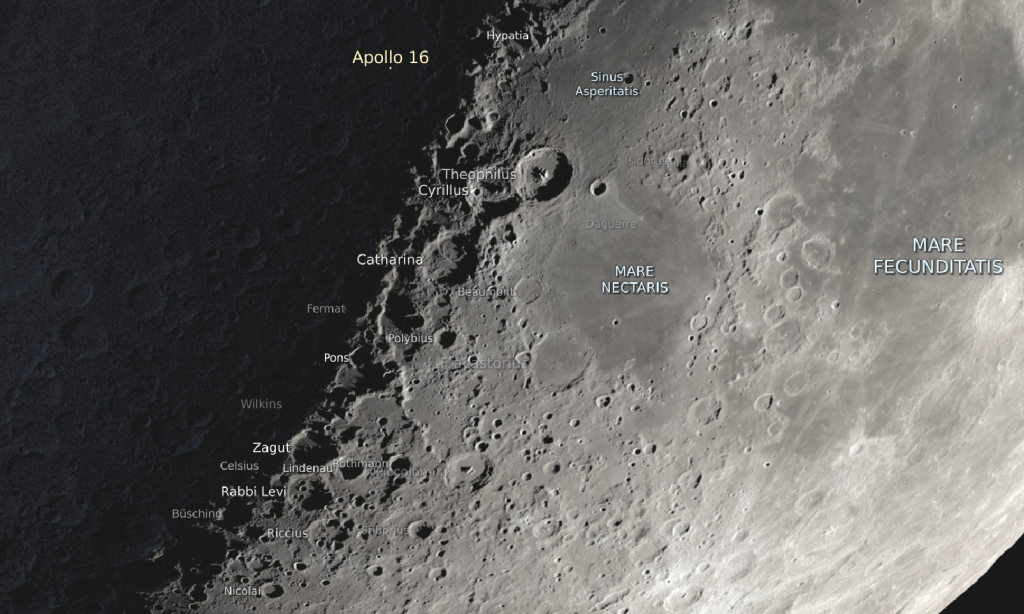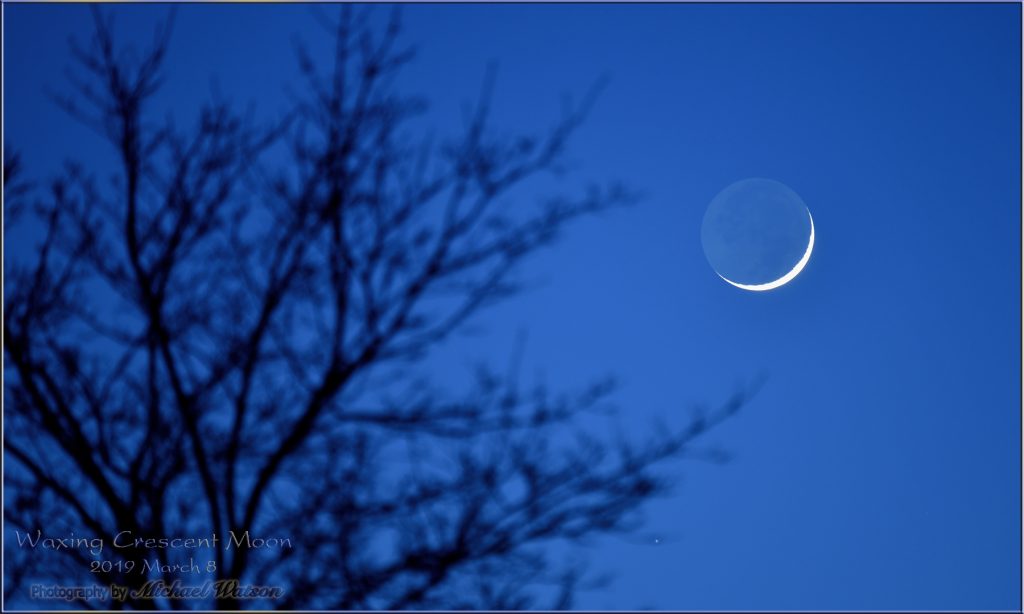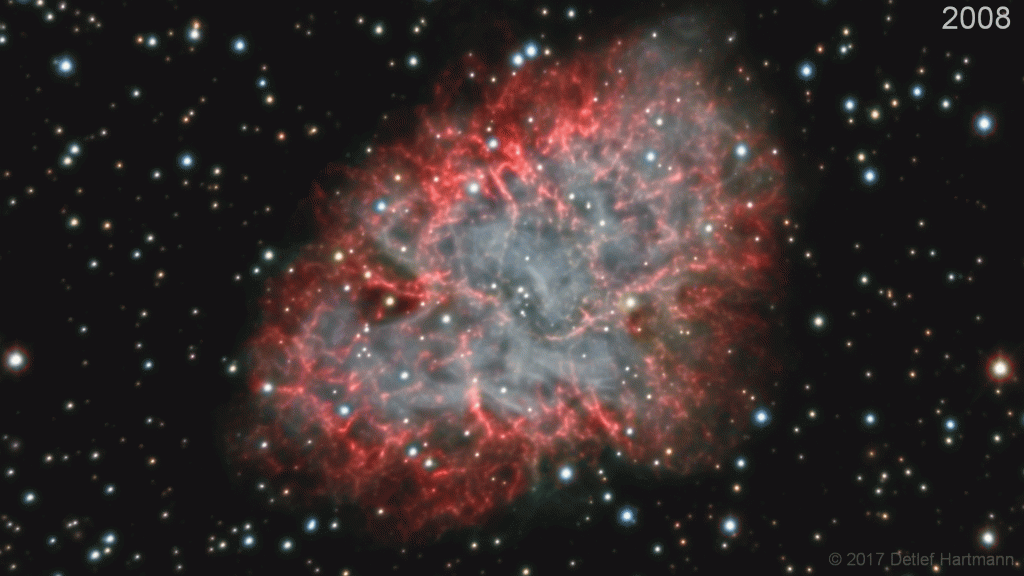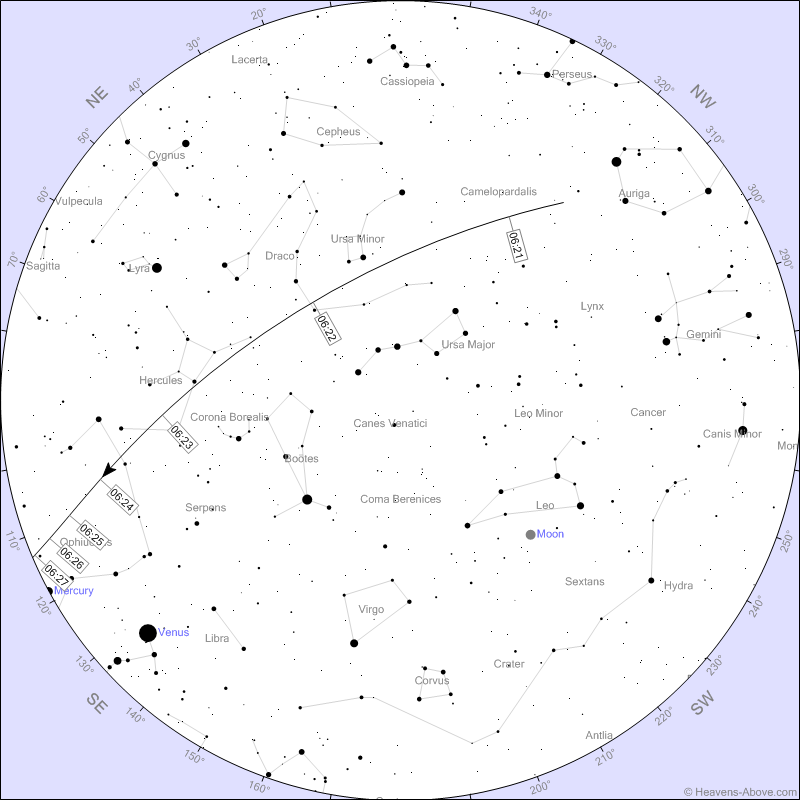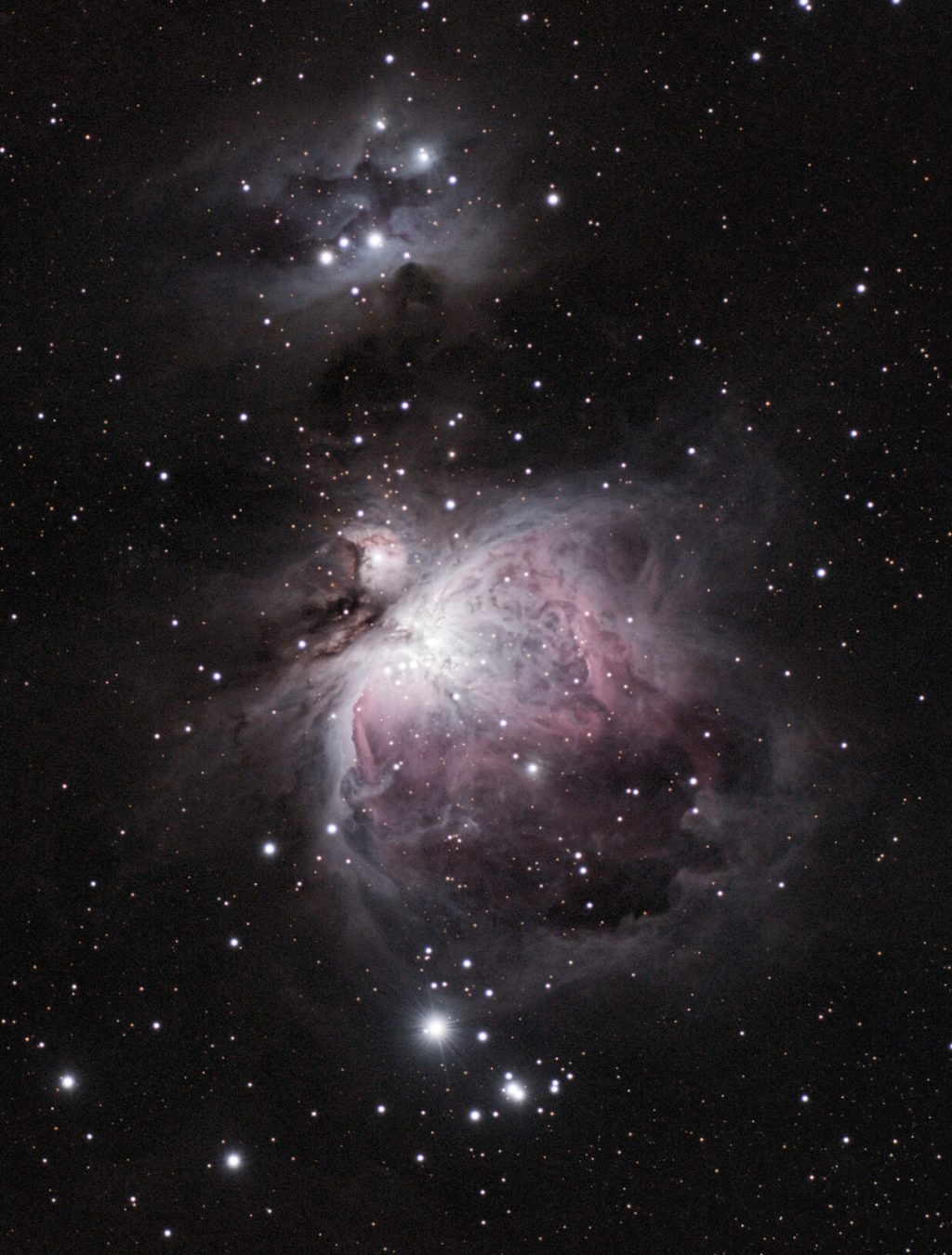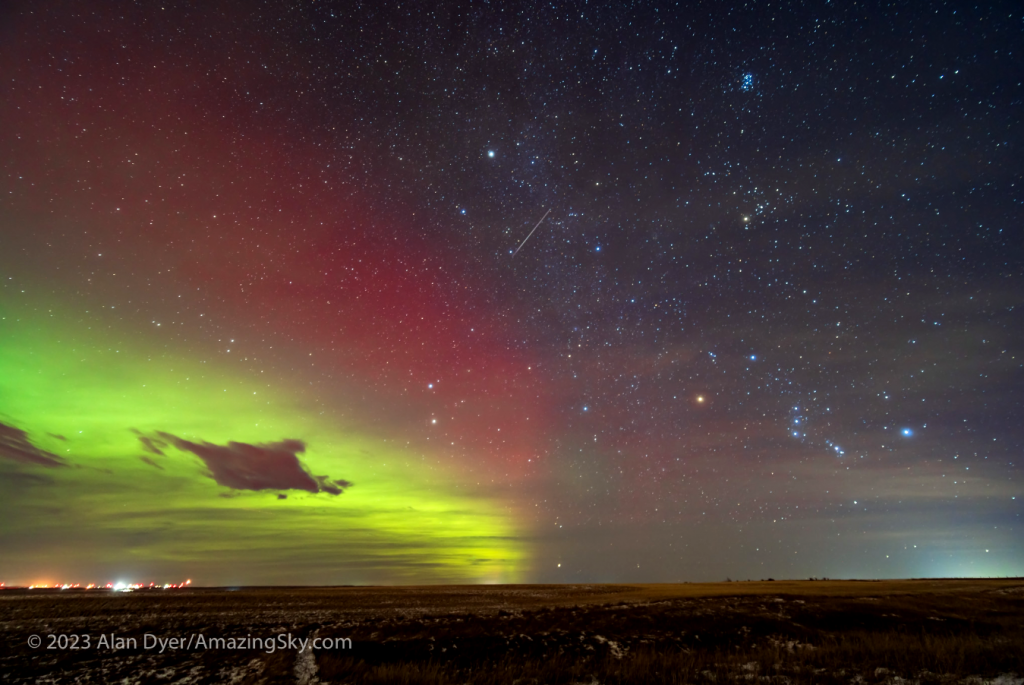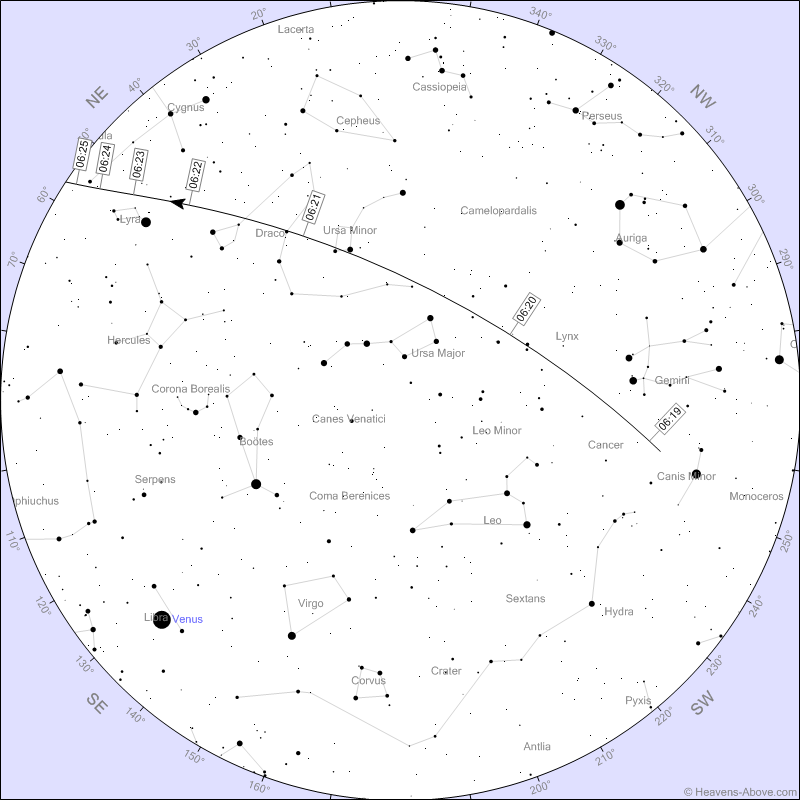Greater Toronto Area Space Station Flyovers for the week of January 21st, 2024
As shown above, on Sunday, January 21, 2024 from 6:15 to 6:20 pm EST, the International Space Station will be visible flying past the GTA in a bright pass, rising from the western horizon, climbing through the Summer Triangle stars and then flying past Polaris before entering Earth’s shadow low in the northeastern sky. (courtesy:…
Read more

